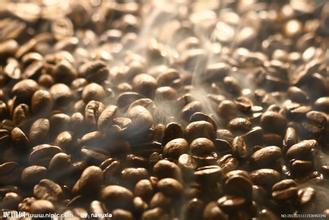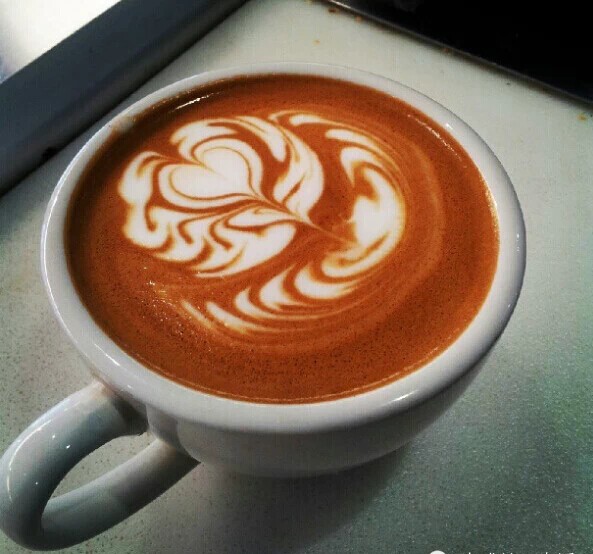Coffee History: Coffee Tours Coffee History Learn about Coffee History and Culture

Coffee was introduced into Europe
Large-scale artificial cultivation and drinking coffee in the Arab region, at that time there was the most prosperous port in the world, the scale of maritime trade here is amazing, and the merchant ships around the world have brought unlimited business opportunities. the coffee that has been popular in the Arab region has naturally become the beloved of merchants from all countries, especially those who have tasted coffee, and their sweet and fragrant taste makes them infatuated and nostalgic. At that time, Europeans called coffee "Arabian wine", so the coffee trade came into being. at that time, merchants in the Republic of Venice first brought coffee to Europe from Constantinople, the capital of the Ottoman Empire (present-day Turkey), which borders Arabia.
The popularity of coffee in Europe is not plain sailing, which has experienced a lot of twists and turns, until now there are still many short stories about coffee, which sounds meaningful.
The Pope's coffee.
When coffee was first introduced into Europe, some diehard Catholics denounced it as a "pagan drink" from the point of view of their traditional religious exclusion. In many countries, coffee was once banned and even demonized. With the debate about the pros and cons of coffee, which even alarmed the Vatican, Pope Clement praised the taste and effectiveness of coffee and immediately rectified it after tasting a cup of coffee. The Pope said: "although it is the devil's drink, it is delicious." It is a pity that this kind of drink is only monopolized by pagans. " Since then, Catholics have been given formal permission to drink coffee. Since then, coffee has rightly entered the life of Europeans and gradually become the favorite and most widely consumed drink in Europe.
Louis XV, who did it himself.
King Louis XV of France can be said to be a desolate guy. It was his incompetence and greed that led to the disparity between the rich and the poor in the anti-drug campaign in French society, and finally led to the outbreak of the French Revolution that changed the history of France and even Europe in the era of Louis XVI. But Louis XV's love for coffee is a story in the history of coffee development.
It is said that Louis XV is almost obsessed with coffee. He not only likes to make coffee himself, but also has a lot of research on the cultivation and variety of coffee. He chose the best coffee trees, planted and maintained them in his garden, and they survived and could be said to be fruitful, harvesting six pounds of coffee beans a year. Louis XV carefully baked and processed the coffee beans picked from his own coffee tree for his own enjoyment, with an astonishing degree of exquisite attention.
The stubborn King of Sweden
When coffee was widely spread in Europe, despite the pope's directive to drink coffee, there were still some stubborn people who could not accept the drink, thinking that if a drink could excite and make people happy, it must be demonized, or a deadly poison in disguise.
In the second half of the eighteenth century, King Gustav III of Sweden was convinced that caffeine was a deadly drug. In order to find enough evidence for his opinion, he carefully designed an experiment: one death row prisoner drank cup after cup of coffee to death; let another death row prisoner drink cup after cup of tea. Unfortunately, the two doctors in charge of the experiment died first, and Gustav III himself died of the last murder in Swedish history. As for the two death row prisoners who drank tea, the one who drank tea died at the age of 83, leaving another death row prisoner to continue to drink his coffee alone until he died of a disease.
Ironically, Gustav III's well-designed experiment not only failed to prove the toxicity of coffee, but proved the benefits of coffee in another way.
Source: network
Important Notice :
前街咖啡 FrontStreet Coffee has moved to new addredd:
FrontStreet Coffee Address: 315,Donghua East Road,GuangZhou
Tel:020 38364473
- Prev

World Coffee: an introduction to all kinds of expensive coffee from various countries and their taste
Civet Coffee (Kopi Luwak) is a recently invented coffee made from cat poop. It is the most expensive coffee among many. Blue Mountain Coffee Blue Mountain Coffee is a popular coffee produced in Central America, Jamaica and the West Indies. It has the characteristics of mellow, slightly bitter, soft and smooth, and slightly sour.
- Next

Introduction to the production of Italian coffee: perfect coffee pull flower three-step sudden extraction of milk foam
The flower-pulling works of coffee masters are always amazing. Making a good Espresso is an art in itself, and making ever-changing patterns on coffee is the icing on the cake. It may take several years to develop the perfect skill of coffee flower drawing. Two common methods of coffee flower drawing are free dumping (the pattern is formed when the milk foam is dumped) and carving (using coffee
Related
- What is the meaning of lactic acid fermentation with coffee bean treatment?
- How to judge the state of foam by sound?
- How does the latte pull out the unicorn pattern? Come to get for a little trick to improve the flower pull!
- Will flower pulling affect the taste of the latte?
- Do you know the history of coffee?
- The difference between honey treatment and sun washing what is raisin honey treatment?
- What kind of milk can a novice use to make coffee foam to keep the foam longer? The correct method and skills of milking tutorial sharing
- Why do washed coffee beans taste sour? Flavor characteristics of washed Coffee
- Introduction to the skill of how to practice the size and height of water injection around the circle of hand-brewed coffee
- How do beginners practice coffee flower drawing from scratch?

